As we saw in the Eli Lilly case, the company tried to sell products like the synthetic insulin Humulin, where really there was no market that has willing to pay premium prices, no pain found, and as Adams (2002) tells us, first we have to validate the market and ask what product customers want. In this line, an interesting market for the company can be the elderly population, because Type II patients will require with time replaces the oral medication with injection, joining the Type I patients. The point is that 90% of the population has Type II and many remained undiagnosed (Christensen 2004), don´t know they have the disease.
Then the first step is to develop a strategy and consequently a product/service to capture them in early stages, for that it is crucial to validate the market exploring the needs of these customers (Adams, 2002) and develop the right product. Don´t commit the great mistake of Pfizer that started to commercialize what was supposed to be the next success in drugs: the first inhalable insulin Exubera, without validating the market: at the end patient did not care about needles, it was difficult to use and adjust dosage, with potential health problems and finally was not aesthetic (Weintraub, 2007) and most of all, for patients over 18 years! Who does not like needless? Children!
References:
Adams, R. (2002). A good hard kick in the ass: Basic training for entrepreneurs. New York, NY: Random House/Crown Business
Christensen, C.M. (1999). Innovation and the general manager. Boston, MA: McGraw-Hill Irwin
Christensen, C.M. (2004). Eli Lilly and Company: Innovation in diabetes care. Boston, MA: Harvard Business School Publisher
Weintraub, A. (2007, October 18). Pfizer´s Exubera Flop. Bloomberg Businessweek. Retrieved on May 26, 2012 from http://www.businessweek.com/technology/content/oct2007/tc20071018_028695.htm
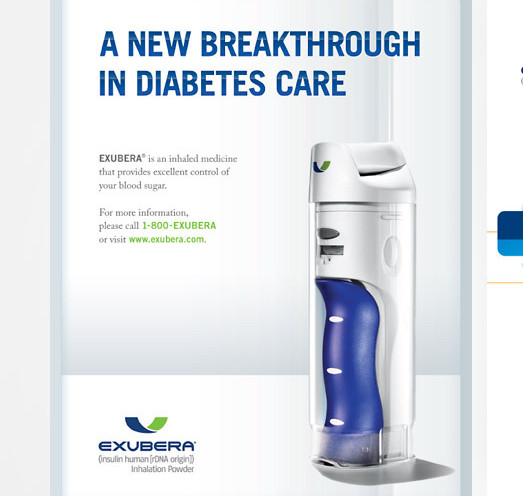

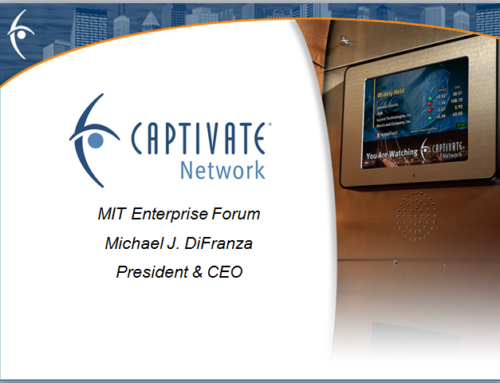
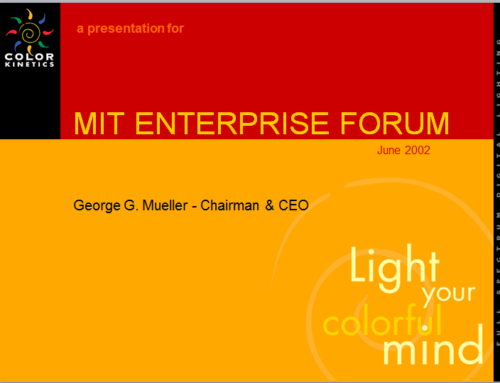
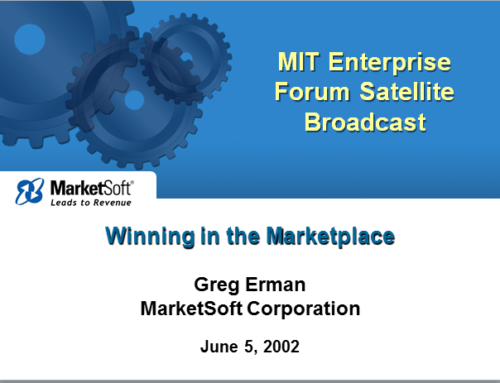
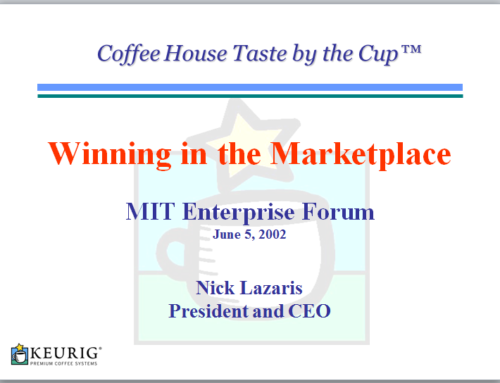


Leave A Comment